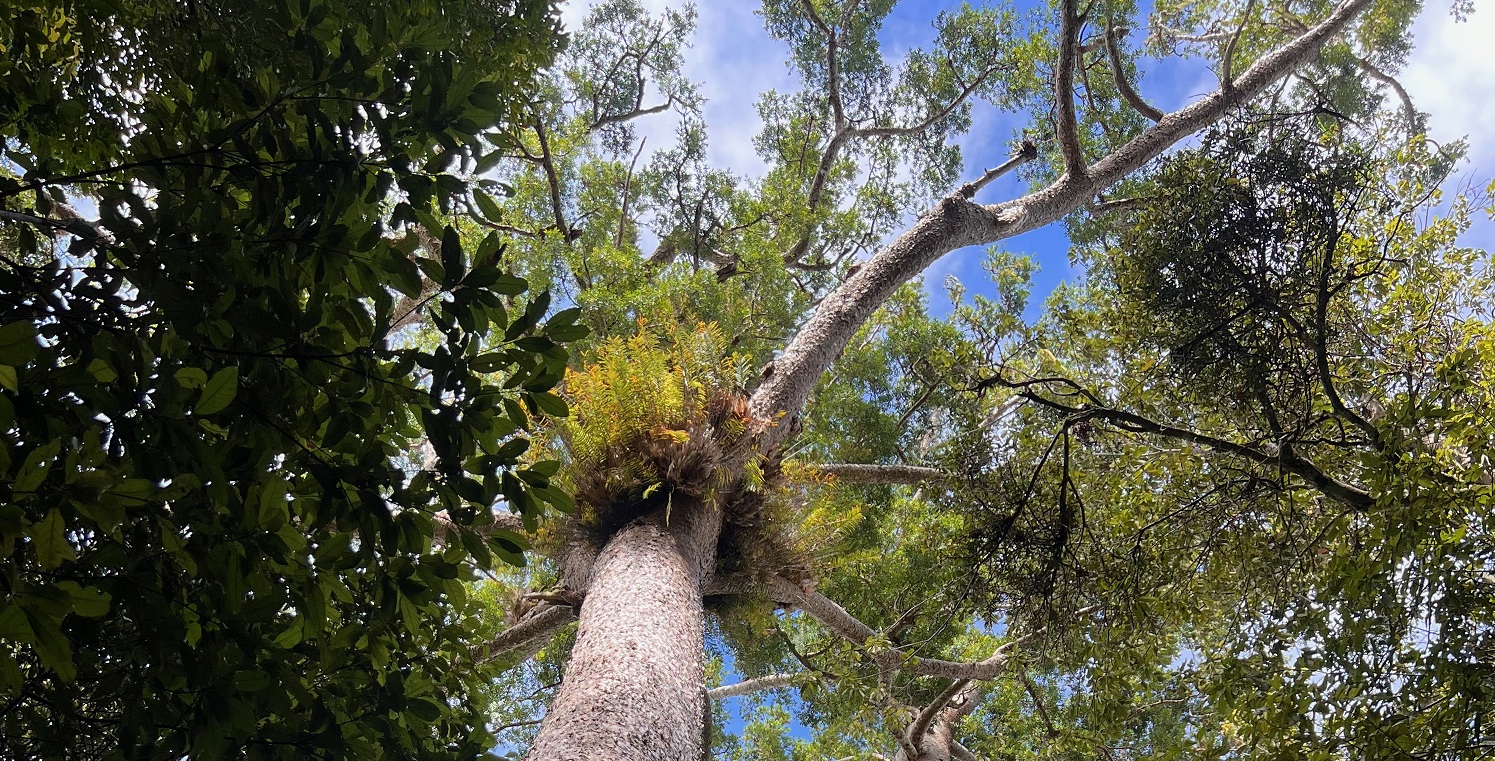Media release
From:
The trunks and branches of trees in Australia's tropical rainforests – also known as woody biomass – have become a net source of carbon dioxide to the atmosphere.
Published today, the Nature study has found that Australia’s wet tropics are the first of their kind globally to show this response to climate change.
Lead author, Dr Hannah Carle from Western Sydney University’s Hawkesbury Institute for the Environment said that tropical forests can be expected to absorb more carbon than they release – which is known as a carbon sink.
Woody biomass plays a vital role in this process, alongside forest canopies and soils. While it’s just one part of a forest’s carbon system, it’s a key indicator of forest carbon stocks and fluxes.
However, the new study has found that the capacity of woody biomass to continue working as a carbon sink is at risk.
"Tropical forests are among the most carbon-rich ecosystems on the planet. We rely on them more than most people realise,” said Dr Carle.
“Forests help to curb the worst effects of climate change by absorbing some of the carbon dioxide released from burning fossil fuels, but our work shows this is under threat.”
Dr Carle said the change their new study describes is largely due to increased tree mortality driven by climate change, including increasingly extreme temperatures, atmospheric dryness and drought.
“Regrettably, the associated increase in carbon losses to the atmosphere has not been offset by increased tree growth. This is surprising because higher carbon dioxide levels should make it easier for plants to scavenge carbon dioxide from the air, leading to more tree growth and greater carbon sink capacity.”
The findings have significant implications for emissions reduction targets, which are partly based on the estimated capacity of ecosystems to continue to absorb emissions and help mitigate climate change.
"Current models may overestimate the capacity of tropical forests to help offset fossil fuel emissions," said Dr Carle.
"We also found that cyclones suppress the carbon sink capacity of woody biomass in these forests. This is cause for concern with cyclones projected to become increasingly severe under climate change, and to impact areas further southwards, affecting additional stretches of forest to a potentially greater extent.”
Co-author of the study, Professor Adrienne Nicotra from Australian National University said it remains to be seen whether Australian tropical forests are a harbinger for other tropical forests globally, a topic that needs further research.
“The rainforest sites at the heart of this research provide unusually long-term and high-resolution data on forest health through time. We need to pay attention to that data."
The study was authored by an international team of researchers including from Western Sydney University and the Australian National University.
For more information and to read the full paper online, click here.



 Australia; International; NSW; SA; ACT
Australia; International; NSW; SA; ACT


